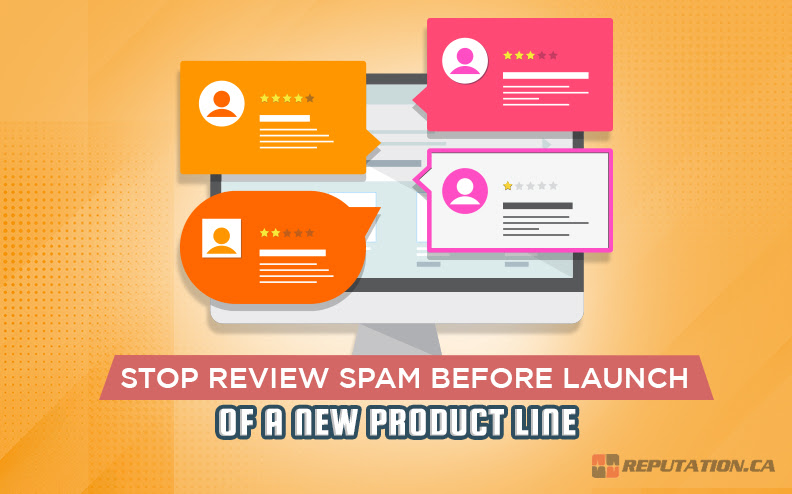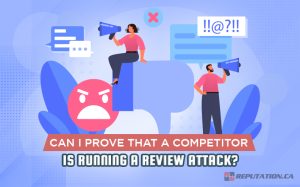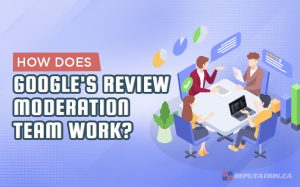Product launches are make-or-break moments, and those first 48 hours matter most. Review manipulation attacks do the most damage during these early hours because algorithms place extra weight on the early feedback. Competitors understand this completely.
The skincare industry ran into a big problem in 2023. A few big brands started receiving floods of fake reviews, all claiming that they had chemical burns from their products. These attacks weren’t random at all. The groups responsible had planned everything out, and they chose their accusations carefully because they knew which claims would hurt these companies the most.
Detection software has gotten much better at finding fake reviews, with accuracy rates as high as 96%. But most of us humans only catch about 57% of them. That difference between machine and human detection is also why review sites had to remove 240 million fake reviews last year alone. Manual review checks can’t handle the scale of the problem. These attack networks are patient, and they plan these campaigns months in advance. First, they create normal-looking profiles, and then they build up their reputation scores, and only after all that groundwork do they actually start their review bombing campaigns.
Defense strategies against these attacks are out there, and the strongest ones work remarkably well.
Let’s talk about how to protect your product launch from damaging fake reviews!
The Science Behind Review Spam Attacks
Review spam is a coordinated attack on your business, and it can damage your reputation in three ways. The most common scenario happens when competitors flood your product page with negative reviews at the worst possible time – right when your sales need momentum the most. Another tactic involves waves of fake positive reviews that actually backfire because they oversell your product and make genuine customers suspicious. The third way is a bit more subtle and harder to detect. Attackers will deliberately use similar phrases and patterns across multiple reviews, and this eventually triggers the platform’s spam detection algorithms.
The first 72 hours after a product launch can make or break your entire campaign. Review sites also give much more weight to early feedback when their algorithms determine the search rankings. Attackers know just how vulnerable you are during this window, and they time their campaigns to hit when it matters most.
These attacks work so well because the scammers prepare for months ahead of time. Bot networks create fake accounts way before they need them for the review attacks. These accounts slowly build up normal activity over a few months to look like genuine customers. By the time they launch the attack, the platform’s detection systems already think that these are just normal customer accounts. Your genuine reviews get buried in the flood of fake ones. At that point, it’s almost impossible to know which reviews are legitimate anymore.
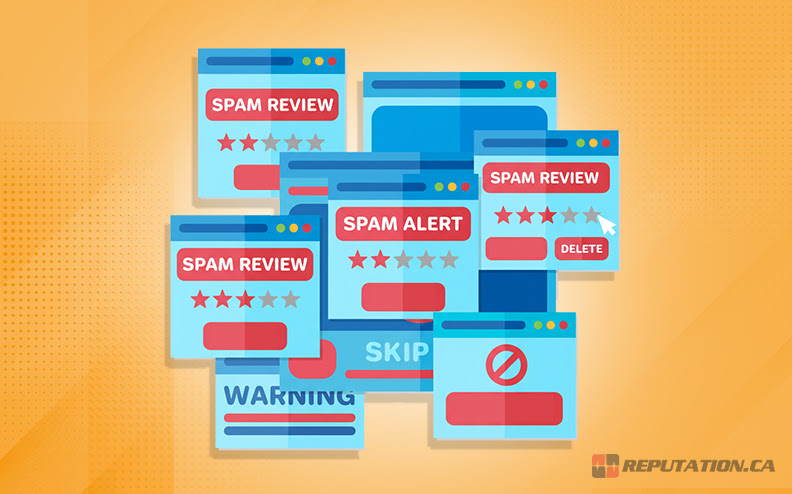
The psychology behind review spam is probably what makes it so destructive in the first place. Attackers don’t throw random negative comments at your product and cross their fingers. What they actually do is research your entire product category first, and then they target the exact concerns that trouble your customers most. Electronics sellers always get hit with complaints about dead batteries and products that break after a week. Food products have an endless stream of safety warnings and freshness problems. Luxury items get torn apart for their poor value and questionable quality. Each attack is meant to make customers hesitate right when they’re ready to buy.
Review manipulation has evolved into a science at this point. These attackers know market psychology, platform algorithms and consumer behavior patterns. They know when to launch their campaigns for maximum damage and which emotional triggers will resonate most with your customers.
Set Up Your Detection Systems Early
You want to give yourself about two to three weeks before your product launches to get your review tracking systems in place – it’s just enough time to learn what normal activity actually looks like for your product category, and then you’ll be able to see anything weird or suspicious when it does happen. ReviewMeta and Fake Spot are great places to start when you’re ready to create your baseline alerts. These tools are useful because they help you track sudden review surges and they’ll flag geographic patterns that don’t make sense – like when all your reviews suddenly come from one area. They’re also excellent at finding repetitive language patterns that real customers just don’t usually use when they write reviews.
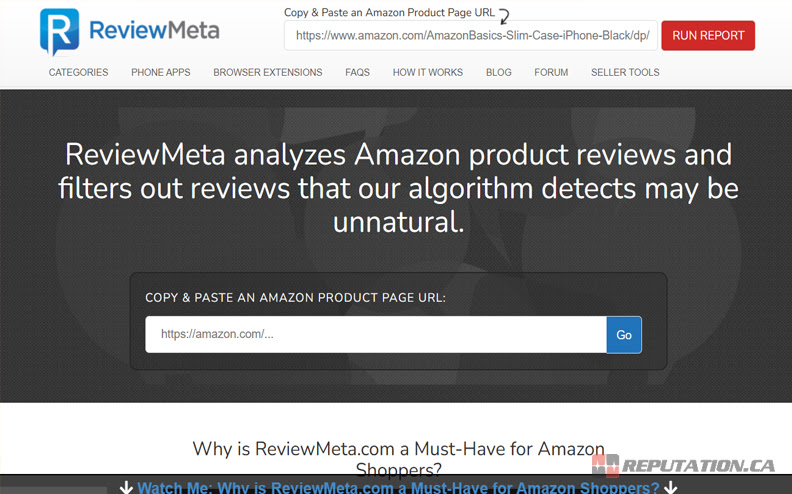
Your tracking dashboard needs to track a handful of important metrics. Review velocity is a big one because you want to know how fast new reviews are appearing for your product. Sentiment changes are another metric worth tracking since opinions that suddenly flip from positive to negative (or the other way around) might mean there’s a problem. Account age distributions matter too. Fake reviewers usually create their accounts right before they post – that’s a pattern you can track pretty easily.
Automated alerts are going to be necessary, and you definitely do need them set to alert you when anything looks off. 20 reviews within an hour is a red flag if you usually see maybe 5 reviews come in per day. Multiple reviews that have the exact same wording about your product are an even bigger problem, and you need to jump on it fast.
Machine learning tools are becoming more common for businesses that want to find the linguistic fingerprints that fake reviews usually leave behind. These systems can detect the small patterns that even experienced humans would probably miss. The technology has become remarkably effective at finding coordinated review campaigns before they do real damage to your reputation.
Detection is only half the battle, though. I see businesses that invest thousands of dollars in tracking systems and then fail to act on the information they collect. You can have the most advanced tracking setup available and still lose if you don’t respond fast enough to threats.
Platform-focused defenses become very important at this stage because each marketplace has its own specific features and vulnerabilities.
Set Up Your Defense on Each Platform
When launching a new product line, each review platform out there needs its own different defense strategy. Amazon actually gives you Brand Registry along with their Transparency program. These two tools can help verify that your products are authentic, and they let you control who can sell them on the platform. The smart idea is to activate these features well before your product ever goes live. Fake sellers love to jump on new products, and they’re usually responsible for that first wave of spam reviews that you see.
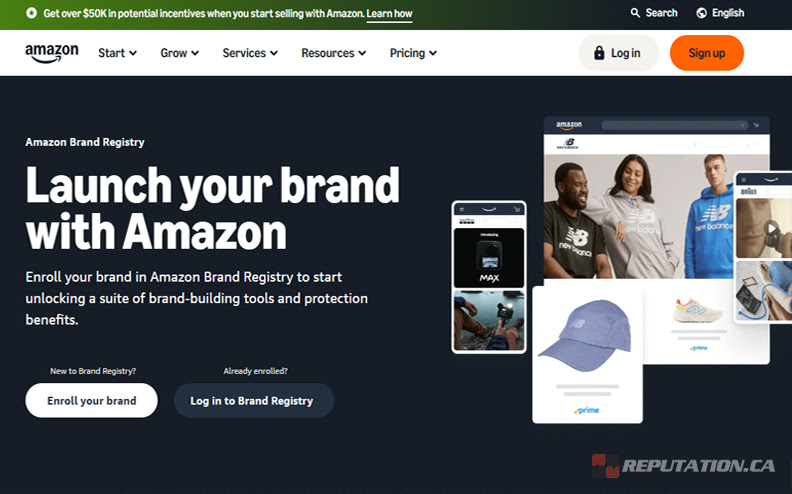
Google takes a different strategy with its business listing claims system. When you claim your listing, you get access to approval workflows that let you monitor reviews before they ever appear publicly. This feature alone can save you tons of headaches because it lets you see patterns in fake reviews right away. The exact same principle applies to the social sites where you need to know their content moderation guidelines. Don’t wait until spam starts flooding your page to figure this out.
Two-factor authentication might sound like the most obvious security measure in the world. But it’s your first line of defense against review spam. Way too many brands leave this step out. Then they act shocked when spammers somehow manage to take control of their profiles. Admin access controls are just as necessary. Only trusted team members should have the ability to respond to reviews or change any of your account settings.
Amazon runs a program called the Early Reviewer Program, and it’s a smart way to get authentic reviews from verified customers early on. When you have those genuine reviews in place, the spam is much easier to see. This also helps establish your product’s credibility right from the start.
Every platform has its own vulnerabilities that spammers know how to exploit. Amazon’s Vine program frequently gets abused by scammers who create fake reviewer accounts. Google Maps has a big problem with location spoofing, where users leave reviews for places they’ve never actually been. Facebook groups are notorious for coordinated attack campaigns. Dozens of fake accounts will suddenly post negative reviews within just a few hours of one another.
The best preparation you can make is to get direct contact information for each platform’s trust and safety teams. Save these contacts somewhere accessible to your entire team. When spam attacks do happen, you won’t have any time to waste looking for the right email address or trying to find the correct support form.
Systems That Verify Your Customer Reviews
Platform defenses are just the first step, though. After that’s all taken care of, you should set up a system that proves your reviews come from actual customers. Most successful businesses need verified purchases and photo proof from anyone who wants early access to their products. Documentation like this builds up a paper trail that review sites will actually respect if anybody ever tries to report your legitimate reviews as fake ones.
Balance is everything with verification requirements, and I see businesses mess this up all of the time. Requiring too much proof means that legitimate customers won’t even bother to leave any reviews at all. Make it too easy, though, and spam will flood your product pages within days. Unique purchase codes for each transaction work well for verification purposes. QR codes are another smart option because they can link each review directly back to the exact sale that it came from. Layering in an email verification sequence as well gives you multiple forms of proof that each reviewer is an actual customer who actually bought something from you.

A soft launch with your most loyal customers works really well. These are the repeat buyers who already trust your brand, and they’re going to give you genuine feedback. Their authentic reviews will create real credibility for your product before the general public even gets access. Private review communities can also take this concept to another level. Businesses that use them will invite only verified customers who promise to give honest feedback that meets all of the platform laws. A group like this gives you real customers who can vouch for your products from day one.
These technical verification systems are helpful. But nothing beats real humans who have actually bought and used what you’re selling!
Your Action Plan for Review Attacks
Fake reviews can destroy a product launch faster than almost anything else, and the damage starts before you even know it. The first hour after an attack begins is usually what determines if your business bounces back in a few days or if the whole launch falls apart. When you have a ready-to-go action plan, it makes all the difference in the world. The second that suspicious reviews appear on your page, screenshots become your most valuable tool. Grab everything right away because these sites don’t always keep permanent records of deleted or flagged content. These images are going to be very important evidence, especially if the support teams need proof or if lawyers eventually get involved. At the same time, contact the platform with well-prepared templates that explain what’s going on with your product page.
What happens next changes quite a bit based on the severity of the attack. A competitor could go nuclear and post 30 fake one-star reviews on your listing in one night. When it gets that bad, you might need an attorney. A cease-and-desist letter can also shut down the attack before more damage happens.

Documentation is very important for protecting your business during these attacks. Every legitimate purchase needs proper records, and every customer conversation should be saved somewhere safe. The platform support messages are equally worth keeping. Businesses that have already built strong relationships with their platform teams can usually resolve fake review attacks about 60% faster than businesses without those connections. That speed difference can save an entire product launch from disaster.
Your real customers still need attention during all this chaos. If the fake reviews cause shipping delays or affect whether products stay in stock, those buyers deserve an explanation. A quick and honest message about the situation can turn those angry customers into supporters who actually get the challenge that your business faces and might even defend you publicly.
Monitor and Manage Your Reputation
You need the same level of planning to protect a new product from review attacks that you’d put into inventory management or marketing campaigns. The timeline I’ve been describing takes about three weeks of prep work if you want to launch safely. The platform settings and systems that track reviews should be ready to go at least three weeks before your go-live date. Two weeks out is the time you need to turn on your verification processes. That first week after launch really matters since you’ll need to watch for any unusual patterns or activity. The setup takes time and energy to get right. A coordinated attack can destroy months or years of hard work.

Businesses that are prepared for review attacks come out in a much better position with these platforms. Google and Amazon also watch which businesses care about review integrity right from day one. And when something suspicious happens with your reviews, these platforms are far more likely to remove them. You become the business worth protecting because you’ve already shown them that you respect their terms and guidelines. Every successful brand ran into these exact same challenges as it grew. The ones that made it had something in common. They prepared for the worst-case scenarios as they stayed optimistic about their future.
Canada’s top reputation management experts are ready to take care of your reviews, social media, PR work and any crisis situations that come up. At Reputation.ca, we’ve been helping businesses work through cancel culture fallout and strengthen their reputation online for years. We have the expertise your business needs. Get in touch today!
